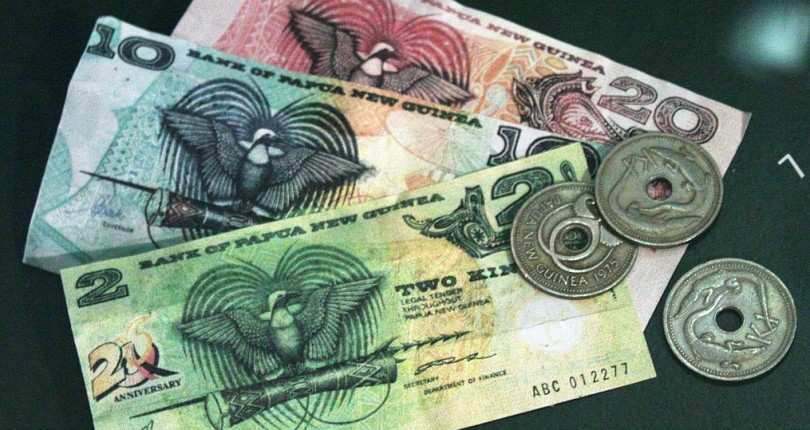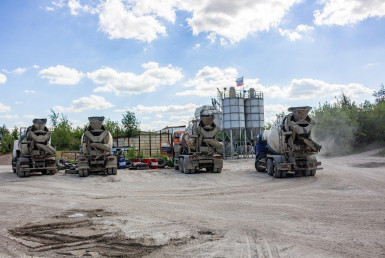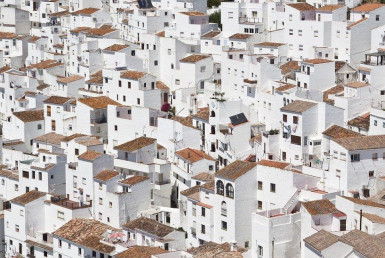PNG economy review

Reports from the 2018 budget tabled on November 28th in Parliament Papua New Guinea economy grew by a 2.2 percent in 2017. This is an increase compared to the annual 2016 growth rate recorded at 2 percent. However, the 2.2 percent is lower than the predicted 2.7 percent growth rate in 2017. This was a forecast made by the Treasury in its Fiscal Outlook and Mid-Year Economic review that was released in the end June last year.
PNG’s increased economic growth was due to improvements in various sectors throughout the last year. Among them was a notable improvement in the nation- extractive sectors and increased production in the domestic mining industry. PNG also experienced a rise in global prices of commodities. Additionally, Papua’s government was keen to expand diversification plans for its economy.
A negative 2.2 percent growth in hydrocarbon industry last year was one of the major contributors to the failed target of 2.7 percent growth of PNG’s economy. Hydrocarbons sector is the largest one in PNG regarding real Gross Domestic Product. The negative growth was due to a decrease in production in oil fields. Luckily, positive growth in quarrying and mining sectors helped offset the losses made in hydrocarbons. These sectors recorded an expansion of up to 13.6 percent growth making them the best performers in 2017. Cobalt, gold, and nickel were some of the minerals largely produced which saw a favorable market due to increased commodity prices. Other sectors that recorded expansions were Fisheries which grew by 3 percent and Forestry increased by 2.6 percent. Agriculture and Manufacturing industries also experienced notable growth.
Treasury has also predicted expansions in various non-extraction sectors for this year. PNG recorded a 1.9 percent rise in non- mineral GDP from 2016 with an expected growth of up to 3.5 percent in 2018. This forecast is driven by predicted growth in sectors like construction which is expected to grow by 4 percent. Other expansion forecasts according to budget 2018 are agriculture at 3.1 percent, trade, and wholesale-retail by 4.2 % and manufacturing sector by 4 %.
A 1.6 % negative growth in oil and gas sector and reduction by 1.4 % in the growth rate of mining are expected in 2018. Overall GDP is expected to have a 2.4 % expansion this year, followed by moderation to 2.2 % in 2019 and consequently down to 2 % in 2020.
The government has been keen to diversify agriculture and agribusiness sectors which have been highlighted as key opportunities for growth. It has invested $40.6 million in a dairy farm and processing facility outside Moresby Port in efforts to slash imports by 10%. The tourism industry has also been put to focus on a World Bank $20m credit boost in the sector’s projects. The sector is predicted to by 5.4% yearly until 2027.
Increased import duties imposed by the 2018 budget on refined petroleum products and others. Excises on diesel have risen.





Join The Discussion